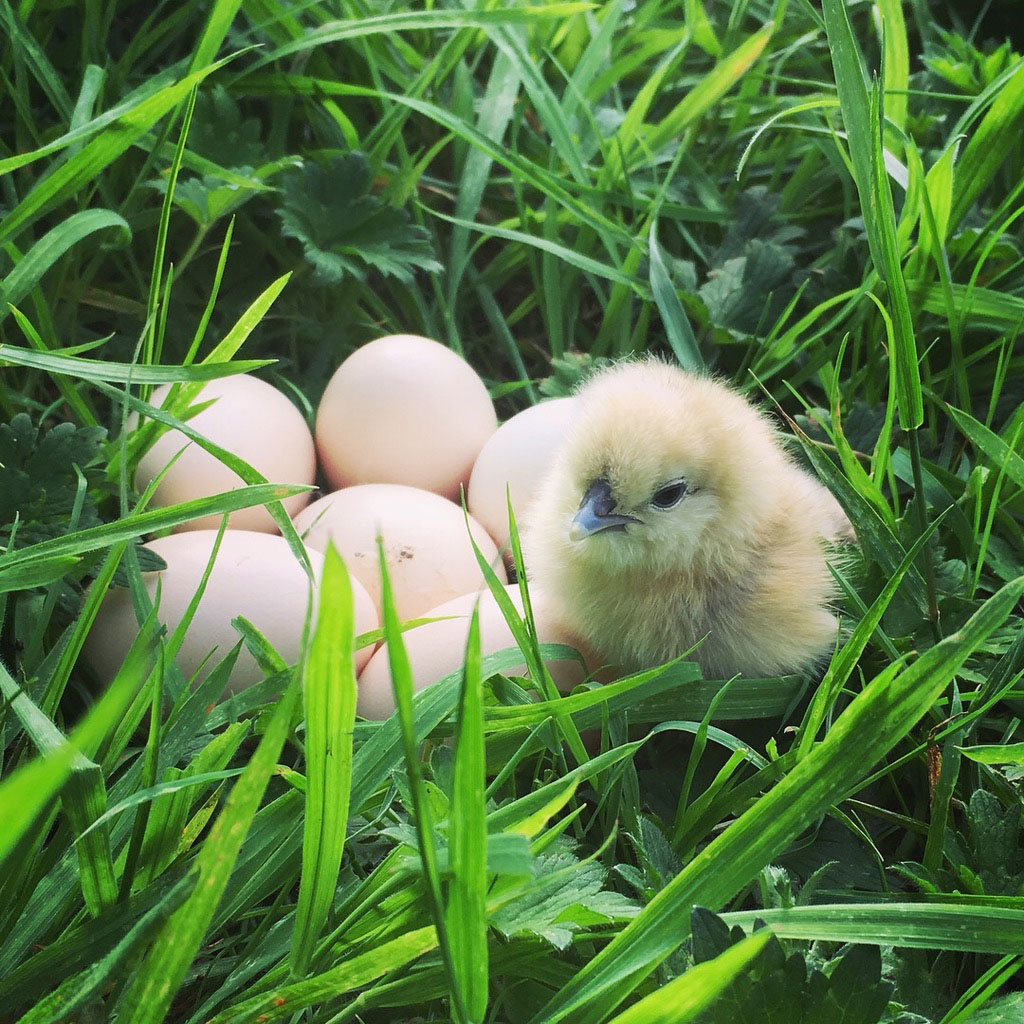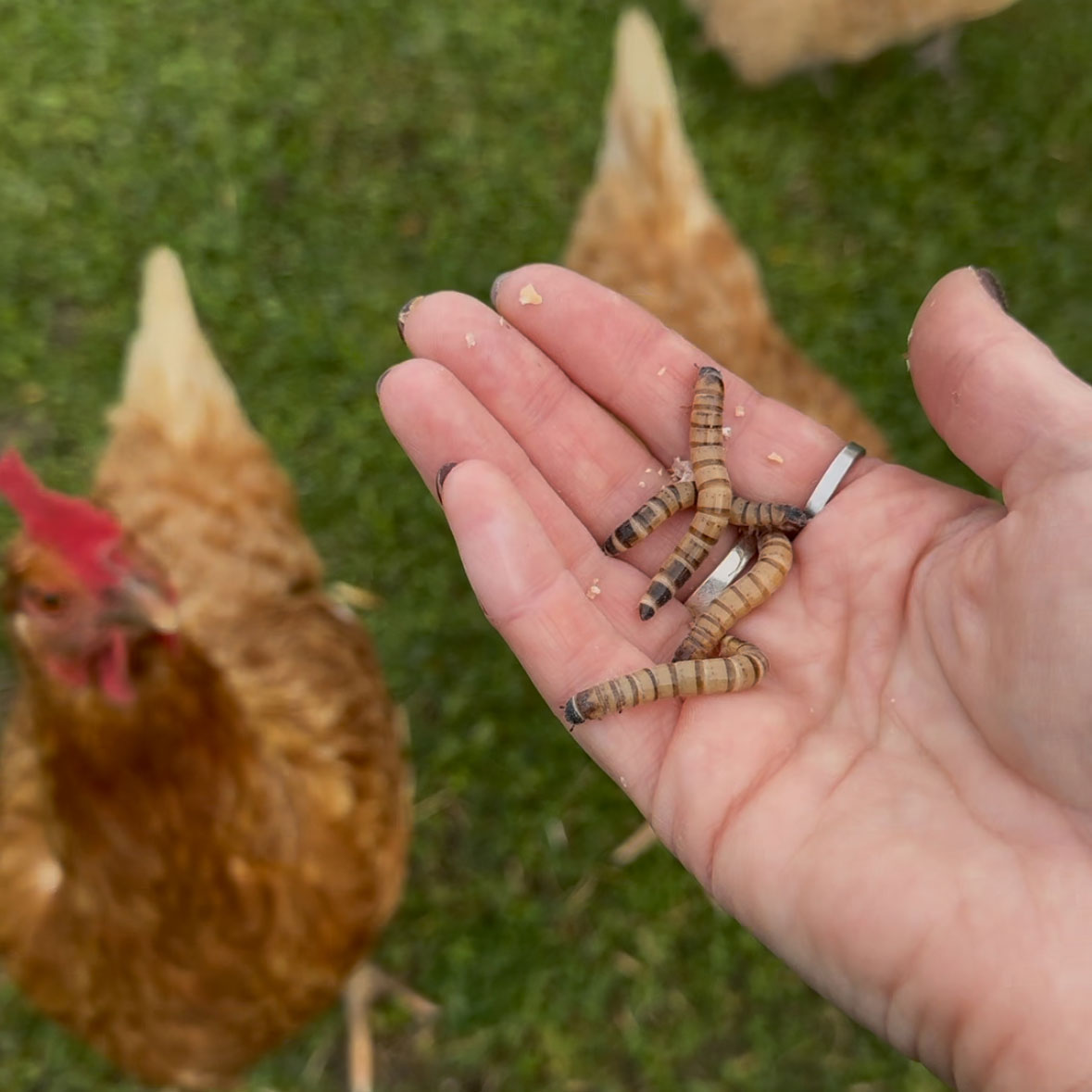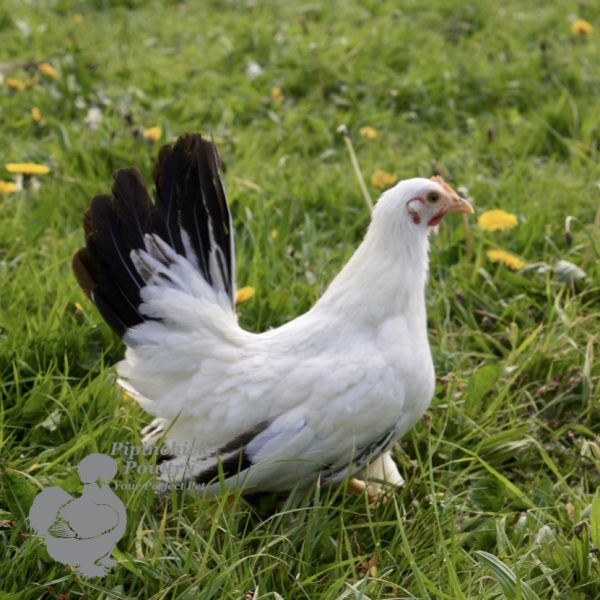


Chickens for Sale: Top Ten Things To Consider When Buying Chickens For A Smallholding
Chickens for Sale: Top Ten Things To Consider When Buying Chickens For A Smallholding
When buying chickens for your smallholding or back garden, there are several important factors to consider ensuring that you choose the right birds for your needs and provide them with a happy and healthy home. Here at Pipinchick, the team has put together the top ten things to consider when buying chickens for your smallholding or back garden:
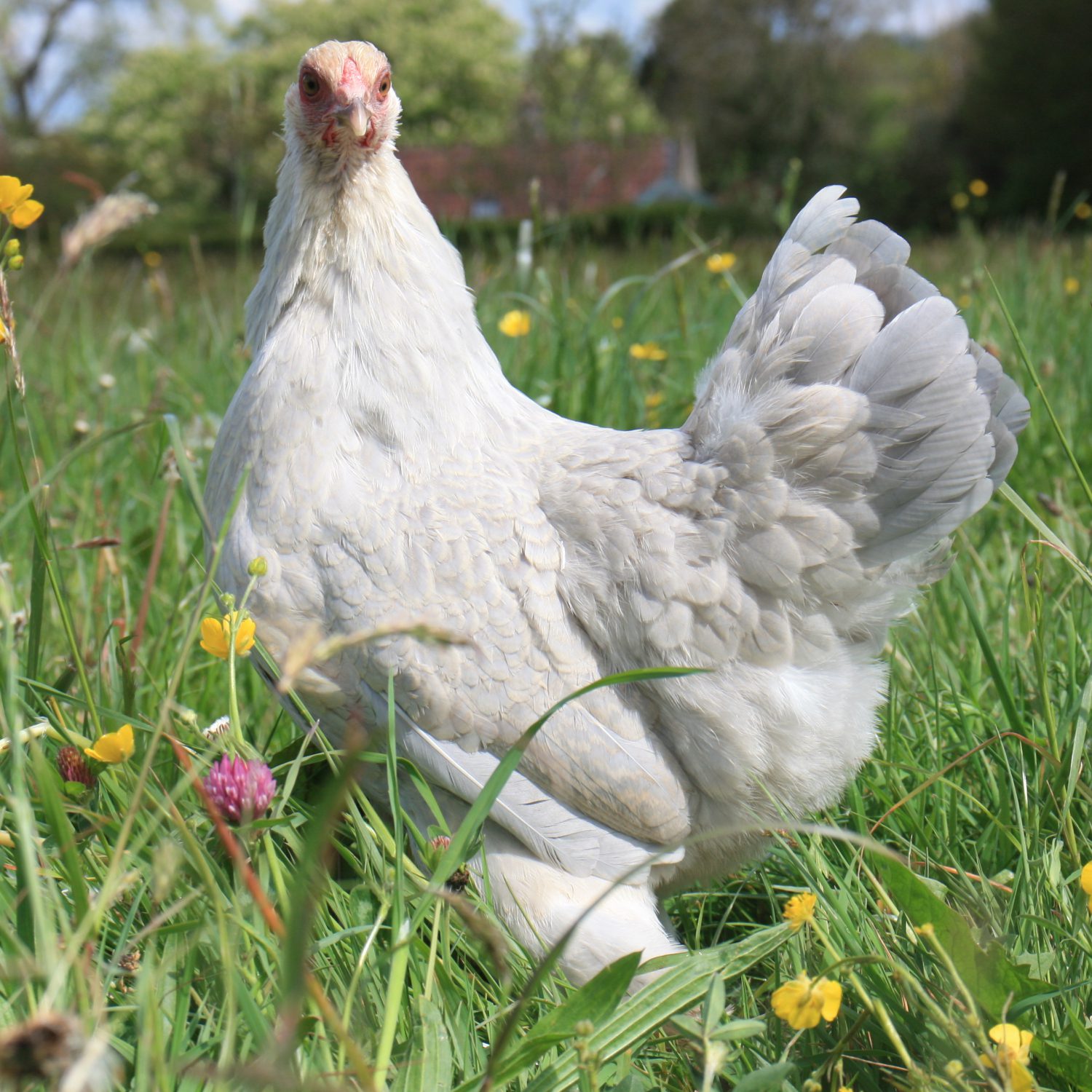
1. Breed Selection
Begin by selecting a chicken breed that suits your goals. Common breeds in the UK include Sussex, Rhode Island Red, Silkies, Bantams, Orpington, and Leghorn… among others. All breeds do have different personalities and requirements so ensuring you select the correct breed for your small holding is essential. To do this you need to consider factors like egg production, space, housing, breed compatibility and temperament. To help you, you can always use our breed selector.
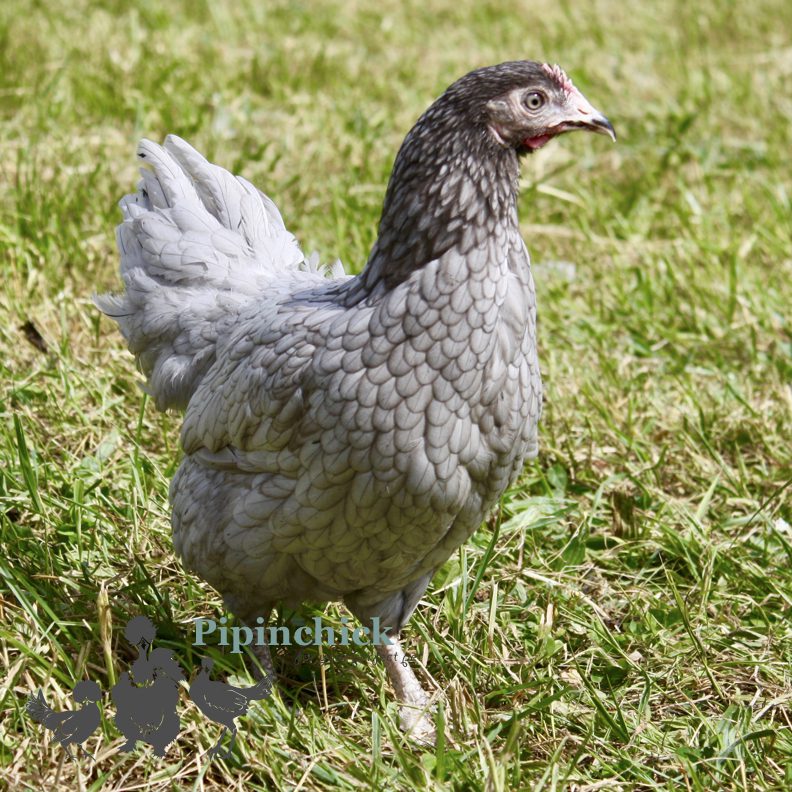
2. Space and Housing
Plan your chicken coop and run carefully. Chickens need protection from predators and shelter from the weather. Make sure you have enough space for the number of chickens you want to keep. Generally, the outdoor space is more important than the space in the house, as long as you follow the manufacturer’s recommendations regarding house space you should be fine, bear in mind not all birds will roost in the house so floor space is more important when buying flightless birds such as Silkies, frizzled feathered, Brahmas and Cochins as these birds will most likely nest on the floor of the house.

The run space is more important as this is where they will spend the majority of their time, at Pipinchick we recommend 1 mtr sq per bantam or small bird and 2 mt sq per large breed and with giant breeds such as Brahma, Cochin etc… You may need to look at 2.5 – 3mtr sq per bird. At Pipinchick we believe the best set up is a suitable house inside a secure walk in run, this allows you to get in with your hens, interact with them, cover their run area adequately during Avian Flu flock downs and will also allow for easy cleaning and hen maintenance, you can then also utilise the vertical space with perches, swings and climbing ledges for the flight birds effectively doubling you run space.
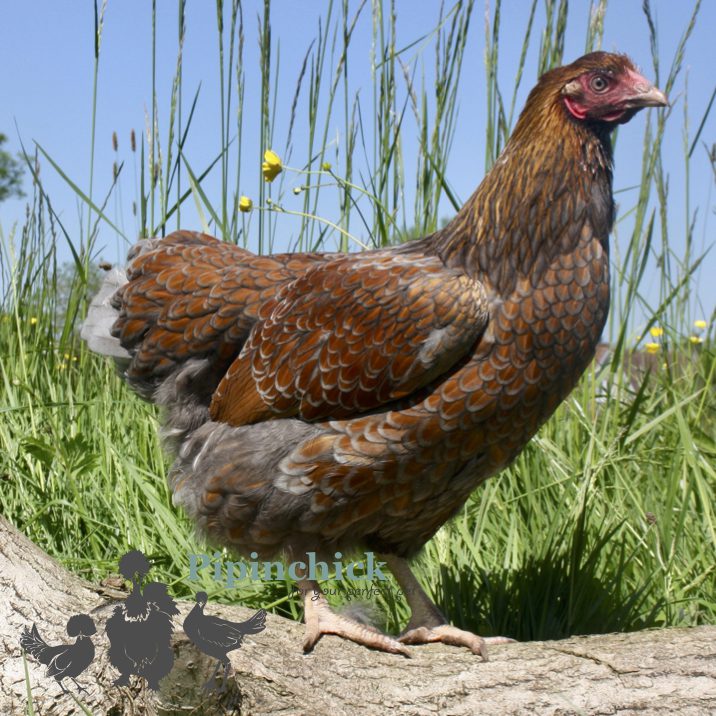
3. Regulations
Check local regulations and bylaws regarding chicken keeping. Some areas may have restrictions on the number of chickens you can keep or specific coop requirements.
4. Sourcing Chickens
Decide whether you want to buy chicks, pullets (young hens), or mature hens at point of lay (POL). Each has its advantages and considerations. Choose reputable sources that have chickens for sale or hens for sale like hatcheries, breeders, rearers or rescue organisations. At Pipinchick, we ensure all our birds are healthy and vaccinated and we rear all our hens from chicks ensuring they are well socialised and ready for you to have as pets or layers.
5. Health and Biosecurity
Learn about common chicken diseases and how to prevent them through biosecurity measures. Quarantine new birds before introducing them to your existing flock to prevent disease spread, this is relevant if you are buying breeds from multiple places, never buy unvaccinated hens.
6. Feeding and Nutrition
Provide a balanced diet with commercial chicken feeds that meets their life stage requirements (starter crumb, grower, layer). Chickens should be fed the relevant pellet feed as 80-90% of their overall diet. You can then add treats and supplements top, but be careful over treating, too much can cause runny bottoms, fat gain, halt in egg production and can stop your hens eating their pellet feed. Some foods you can treat include, melon, berries, corn, seeds, oats and edible flowers. Do not feed anything from the nightshade family such as potatoes, tomatoes, peppers they can also not have avocado skins or pits, dried beans or legumes, apple seeds, apricot pits or leaves or processed human foods like chocolate, cake etc...
7. Egg Production
If egg production is your goal, consider breeds known for high egg production such as Hybrids, always bear in mind Hybrid chickens will lay prolifically for up to 3 years when they tend to slow or stop completely, this can also be accompanied with additional health problems such as egg peritonitis or egg binding, they also require a lot of room as they are foraging breed and need space. Pure breeds will ley less a week and tend to stop for longer periods, during the winter, however, their natural cycle can continue for up to 10years, they also tend to fair better in smaller areas and like more human interaction. Ensure you offer plenty of nesting boxes that are in quiet, darkened locations and that they are clean, comfortable, and easily accessible for egg collection.
8. Social Behaviour
Chickens are social animals and thrive in flocks. Keep at least two or three birds to prevent loneliness. Breen compatibility is important so always ask your Pipinchick team what breeds can work together or check our Breed Compatibility guide on our website. Observe and manage any aggressive or bullying behavior among your flock, don’t be shy, feel free to ask us for any help needed if you do have bully birds in your flock.
9. Daily Care
Be prepared for daily tasks like feeding, watering, and egg collection. Regularly cleaning of the coop and run and provide fresh bedding once a week.
10. Predators and Security
Protect your chickens from predators like foxes, badgers, weasels, and birds of prey. Secure the coop with strong locks and small gauge chicken wire. Consider an automatic coop door closer to protect your chickens at night, never rely on this soley and always check all of your hens have gone in safely. By carefully considering these ten factors, you will be well on your way to successfully raising chickens on your UK smallholding or back garden. Remember that chickens can be delightful and rewarding additions to your homestead when given proper care and attention.

